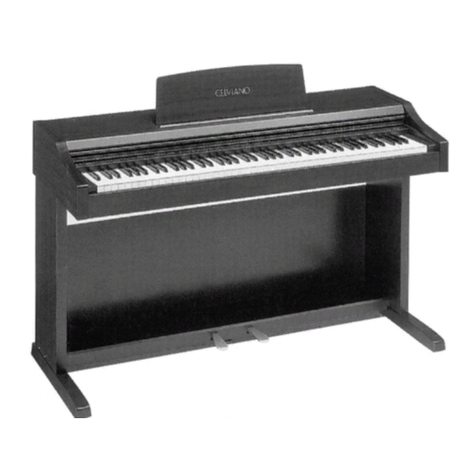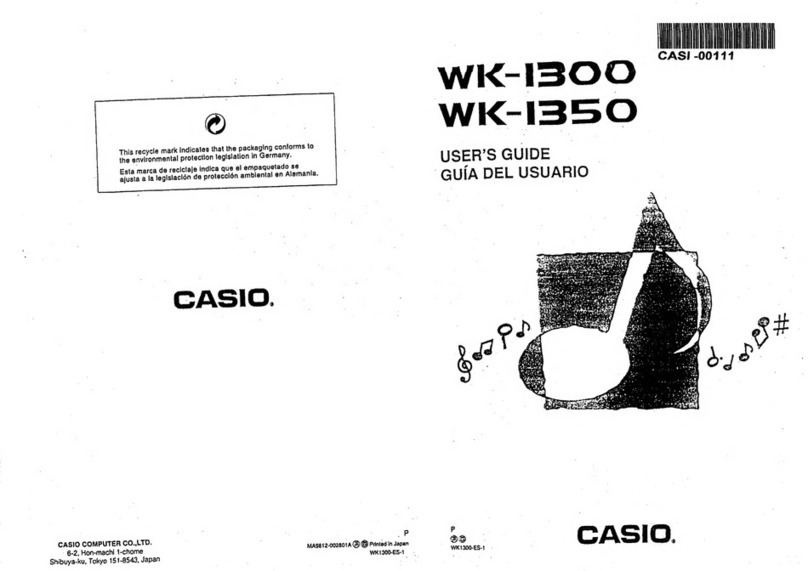Casio AP-10 User manual
Other Casio Musical Instrument manuals
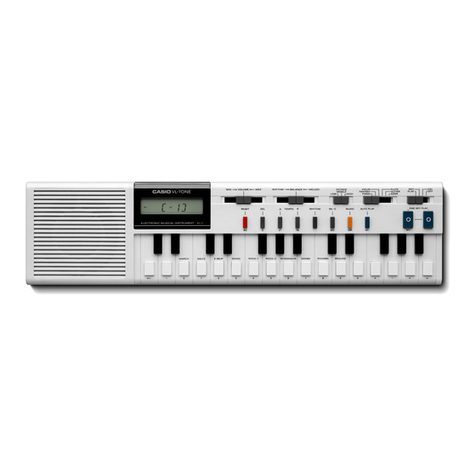
Casio
Casio VL-Tone VL-1 User manual
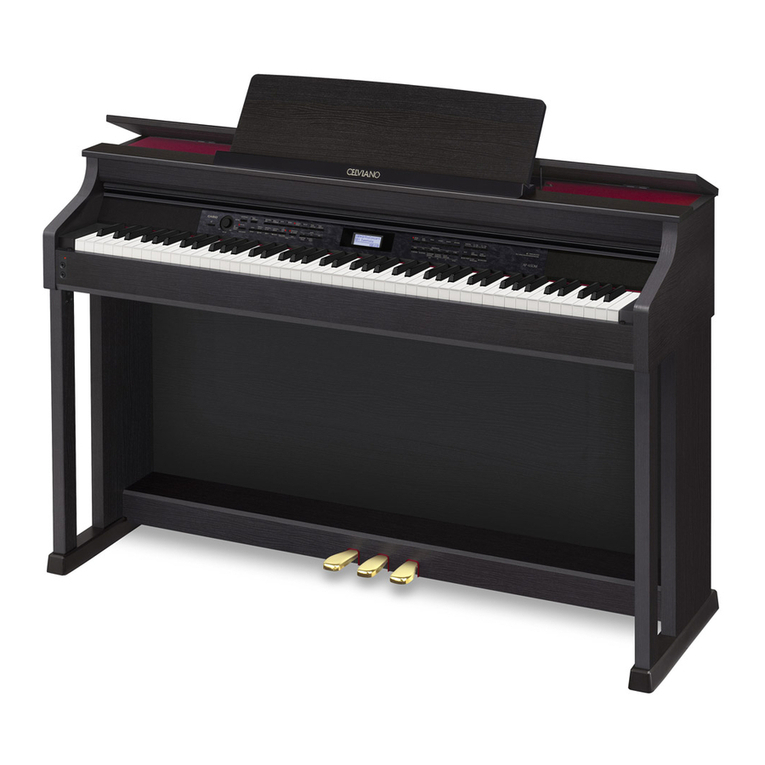
Casio
Casio AP-650M User manual
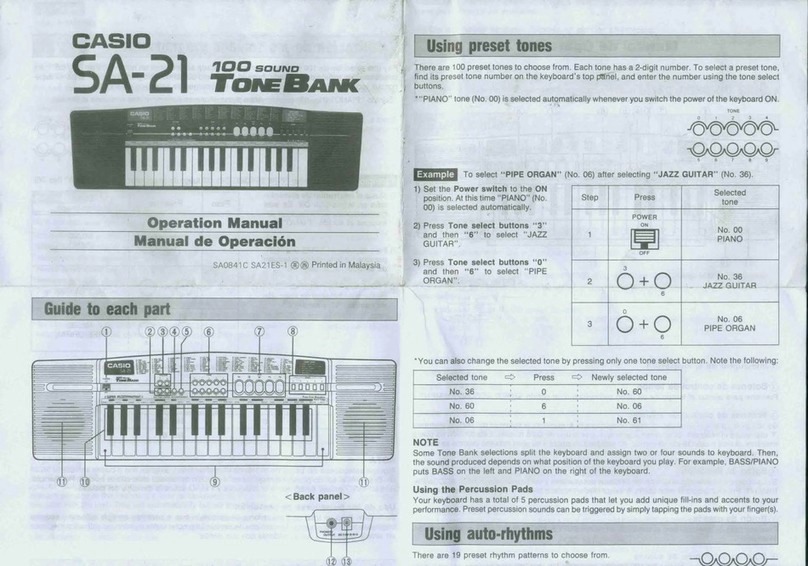
Casio
Casio SA-21 User manual

Casio
Casio Celviano AP-500 User manual
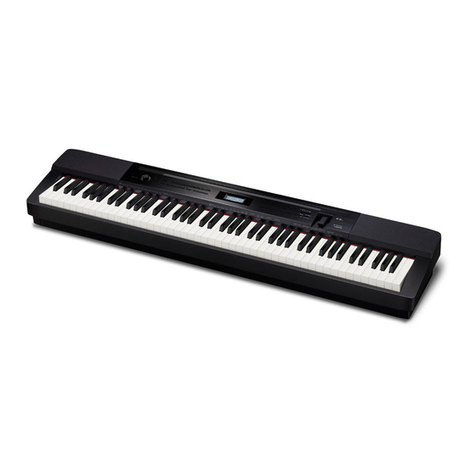
Casio
Casio Privia PX-350M User manual

Casio
Casio CDP-200R User manual
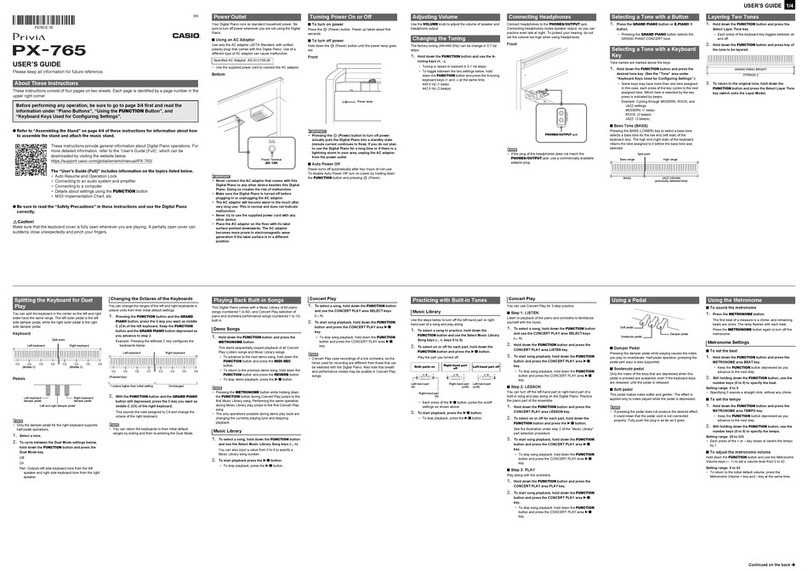
Casio
Casio Privia PX-765 User manual
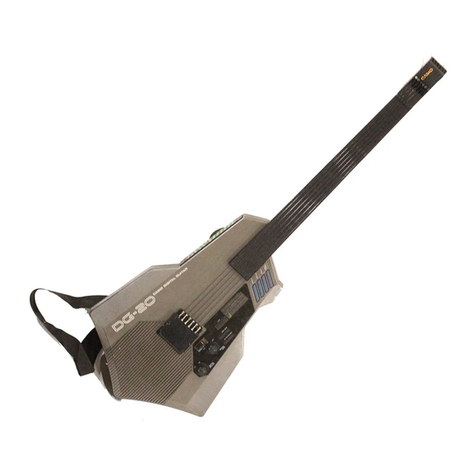
Casio
Casio DG-20 Troubleshooting guide
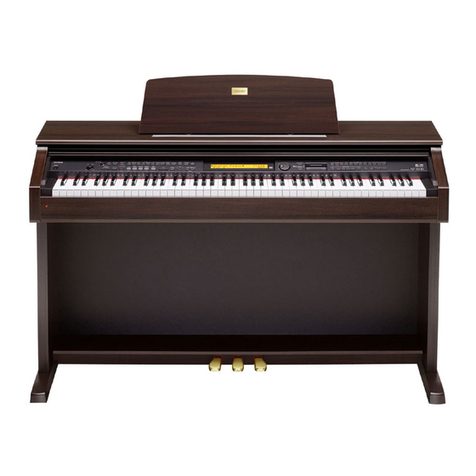
Casio
Casio Celviano AP-80R User manual

Casio
Casio CDP-S360 User manual

Casio
Casio CTK-2080 User manual

Casio
Casio CTK-601 User manual

Casio
Casio CELVIANO GP-310 User manual

Casio
Casio PX-S3100BK User manual

Casio
Casio Celviano AP-650M User manual
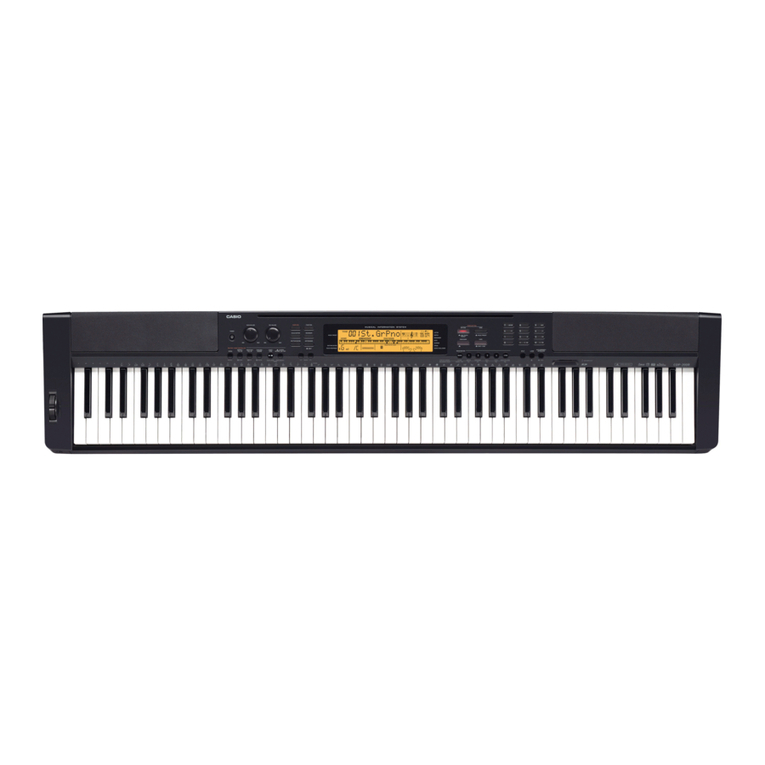
Casio
Casio CDP-200R User manual
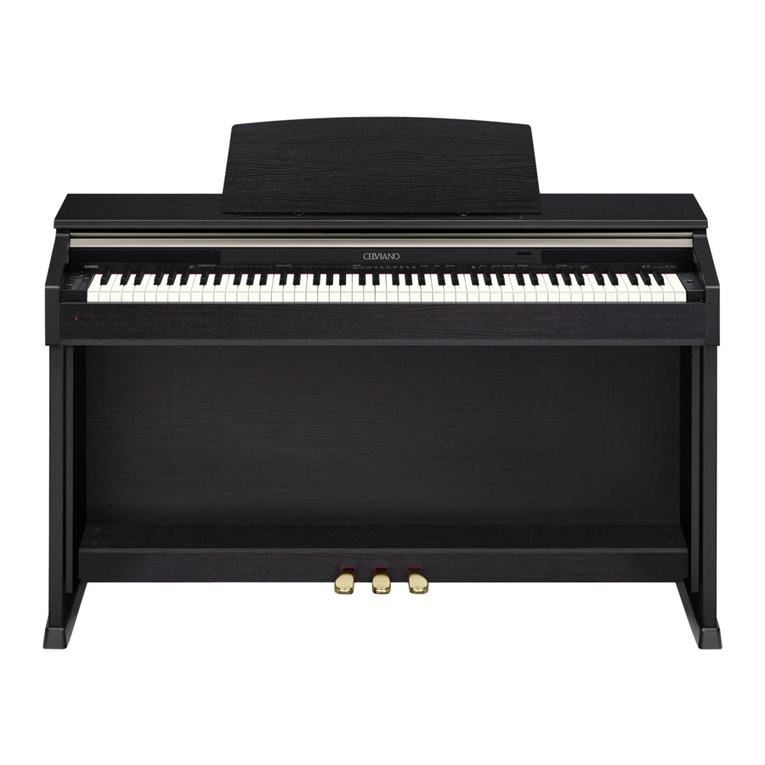
Casio
Casio Celviano AP-420 User manual
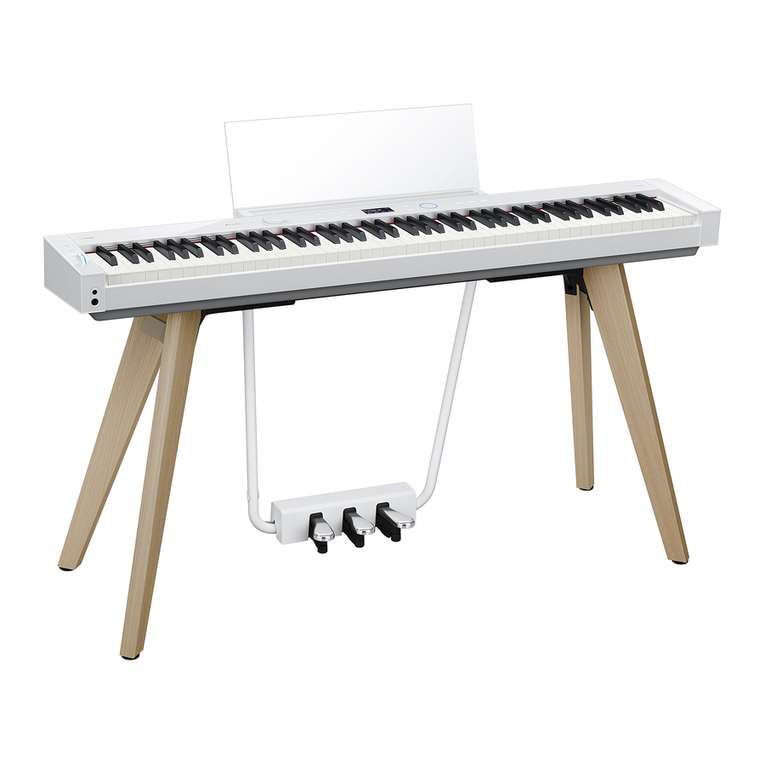
Casio
Casio Privia PX-S7000 User manual
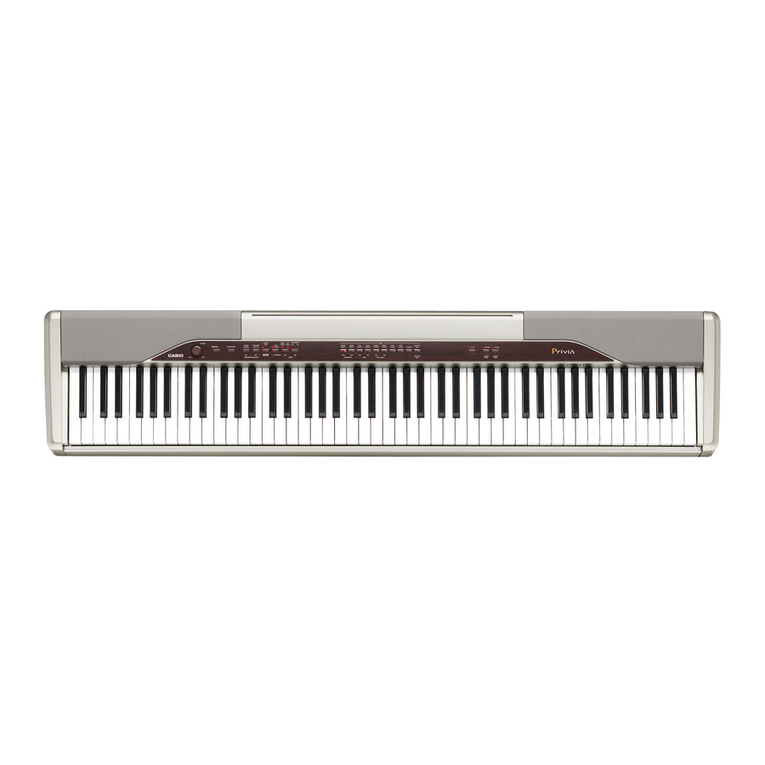
Casio
Casio Privia PX-100 Installation instructions
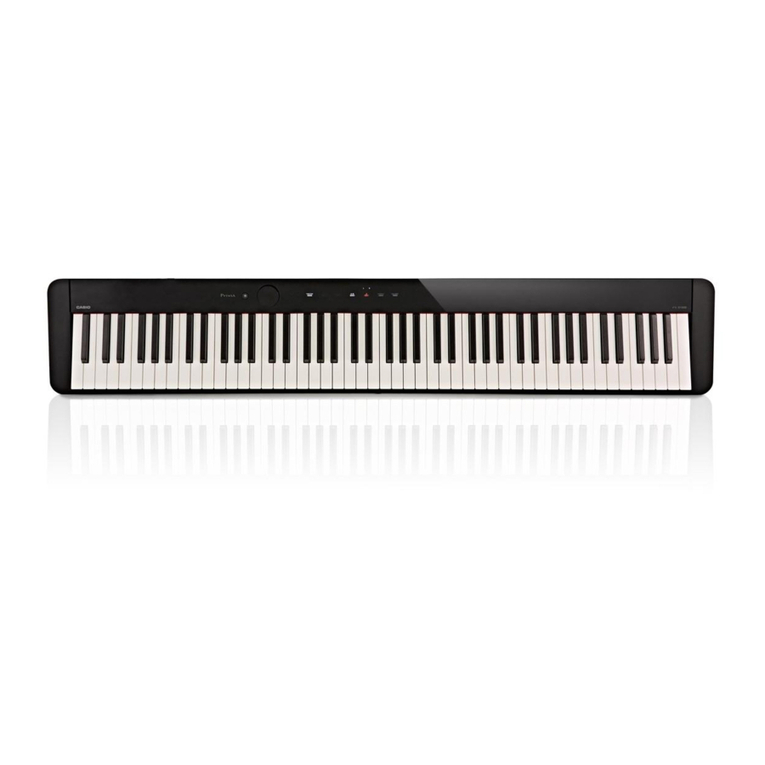
Casio
Casio Privia PX-S1000 User manual


